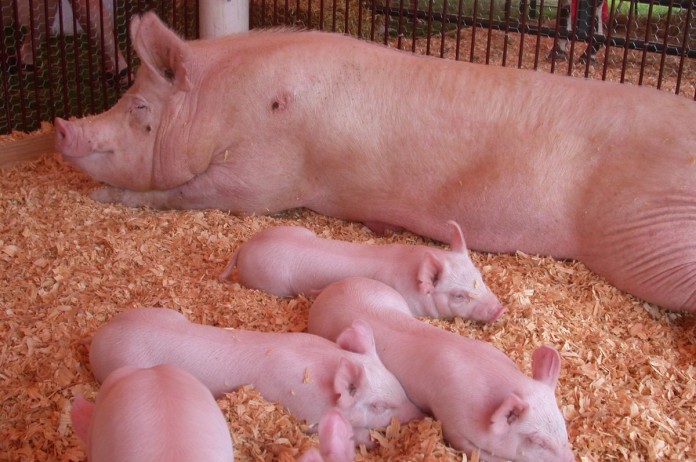WEST LAFAYETTE, Ind. — The full impact on the U.S. pork industry of a merger between Smithfield Foods — the world’s largest pork producer — and Chinese firm Shuanghui are not yet known, Purdue Extension agricultural economist Chris Hurt says.
If approved, the merger could provide new market opportunities for U.S. hog producers and also offer Shuanghui the opportunity to adopt Smithfield’s health, sanitation and environmental standards.
“The largest potential advantage for the U.S. pork industry is that Shuanghui is the largest processor and distributor of meat products in China,” Hurt said.
China is the largest producer and consumer of pork. At this early stage it is unclear if this merger will result in more U.S. pork products being exported to China.
“However, this clearly opens the trade door for increased business to China, which already was the third-largest destination for U.S. pork in 2012,” Hurt continued.
The risks
But the merger isn’t without risks, he said. Large corporations can sometimes fail to adapt to quickly changing global markets. It also brings up concerns among U.S. producers and consumers about the loss of U.S. ownership and what that means for U.S. control.
Another concern, Hurt said, is that while the United States and China are trading partners, the countries have very different social and political policies, which could play into whether the merger can be finalized. The merger still must run through approval channels in both nations.
If approved, the transaction likely would take place later this year. Growing incomes and demand have resulted in a Chinese pork market with a 3 percent annual growth rate.
The U.S. market, on the other hand, is stagnant, meaning Americans will consume the same amount of pork in 2013 as they did in 2005.
“The mature U.S. consumer market for pork means the industry must turn elsewhere if it wants to grow,” Hurt said.
In recent years, the Chinese government has made food availability a top priority. While the country mostly had followed a self-sufficient model by meeting pork demand with increased domestic production, Hurt said they also have shown a willingness to import pork products when the internal supply couldn’t meet demand.
China likely sees Smithfield as an added way to source an important food for its consumers.
“Even tiny changes that shift in the direction of importing more pork could have positive impacts for U.S. producers because China is such a huge market,” he said.
Two-way deal
The Chinese also stand to benefit from the merger because of the country’s problems with food safety and sanitation. The U.S. pork industry has a longstanding reputation for food safety, sanitation and environmental integrity.
While some in the U.S. pork industry have argued that regulations have added to production costs, Hurt said this might be a case where those lofty standards have helped create higher Chinese demand and prices for pork exports.
Smithfield Foods also offers Shuanghui an established global pork production and distribution system. Smithfield currently produces and distributes pork in North America, South America and Europe.
“While the outcomes are uncertain, the hopes are that the Smithfield Foods merger can be a new model for meat production and processing in a world increasingly dominated by global sourcing and distribution,” Hurt said. “If so, the merged organization has the potential to grow and hopefully favor the U.S. industry.”










